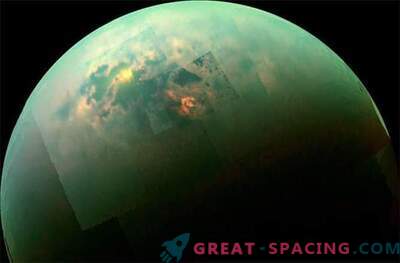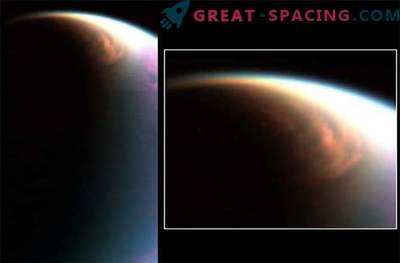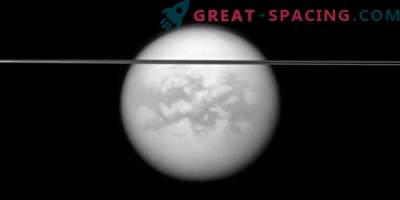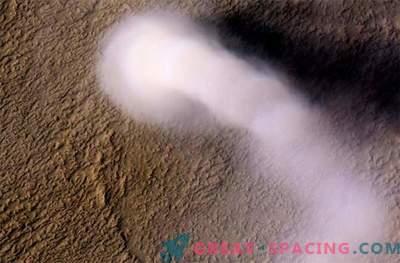
Additional data appeared on the fog over a very special place - Titan. Titan is one of the largest satellites in the solar system and contains a large amount of hydrocarbons. Because of this, Saturn’s moon is often compared to Earth as it was billions of years ago.
After the publication of many photographs of the Mars nebula, the research team behind this new work became interested in the possibility of finding the fog with the help of Huygens. The Huygens is a European Space Agency descent module attached to a Cassini probe built by NASA. He made a short landing on the surface of Titan in 2005.
“The fog on Titan was seen earlier from orbit (Brown and others, 2009), so there is nothing surprising in finding it on the surface,” post-doctoral researcher at York University Christine Smith wrote in an e-mail to Discovery News, lead author of the study. . “However, it was not detected at the surface before our research, and it’s exciting.”

Mars also has fog. This image of the Mariner Valley was made by Mars Express missions.
The work began with an analysis of the data of a Huygens side-view thermal imager received after the landing of the device. They noticed that in some images there are linear objects, compared with the average data obtained in most frames.
“We appreciated the possible origin. Clouds were considered, but no sequential motion was detected in frames, so this is unlikely, ”writes Smith. “A top mirage was suggested, but no temperature inversion was detected during the descent, so this is also considered unlikely. We have considered the darkening of the background, but due to some considerations we believe that the most likely explanation for this feature is an increasing and falling layer of fog. The fog was first recorded on this satellite in 2009. One of the researchers at California Institute of Technology, Mike Brown, said then that the fog had to be formed due to high humidity, in other words - because of the rain. Cold air on Titan is unlikely - although it can be cooled more strongly over lakes with evaporating methane - and there are not enough mountains on the surface to form fog.
“Methane fumes mean the presence of rain,” Brown wrote at that time on his blog. “Rains mean the presence of streams and lakes, erosion and destruction of soil. Fog means that Titan currently has an active hydrological cycle of methane. ”
But this fog is formed differently than on Earth, to which both researchers Brown and Smith pay attention. Mist on Titan consists of methane and is formed by evaporation from the surface of liquid methane. On Earth, fog occurs when air is cooled below the dew point.
A new study was published in the journal Icarus.











































